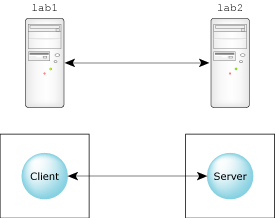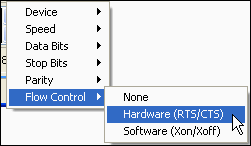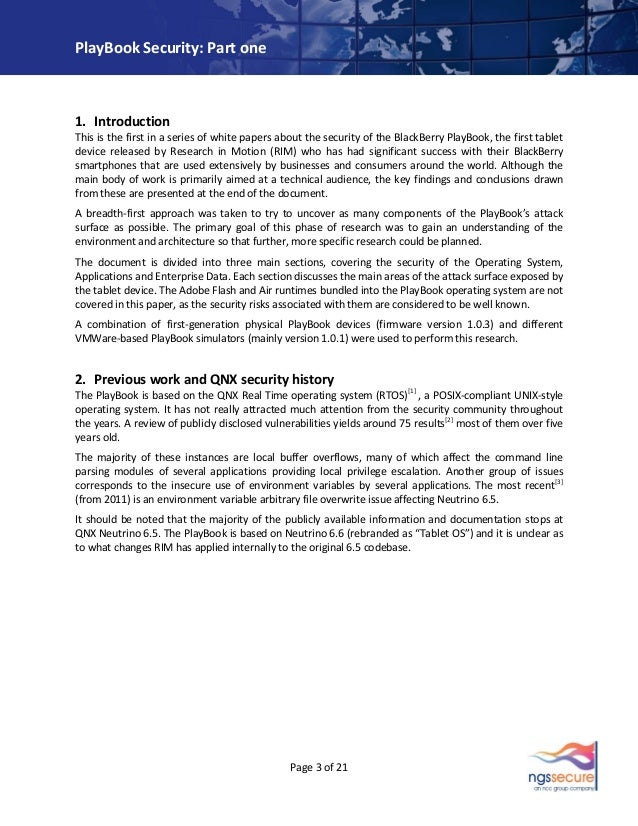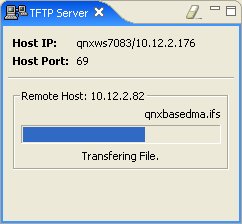Everything You Need to Build Better Embedded Systems
File Renamer Basic 6.3.0 Serial 17 DOWNLOAD (Mirror #1) ad3dc120ad Top free serial vector magic. To change vector name file,. Recompile (Rename). Qnx rtos 6.6 serial numbers, cracks and keygens are presented here. No registration is needed. Just download and enjoy.
If you’re looking to increase security or safety, or you want to streamline your cross-platform development process, we can help. We can bring your plans to life with an RTOS and hypervisor purpose-built for embedded systems, including pre-certified product variants. Our modular microkernel architecture delivers better reliability and saves duplication of OS development effort across multiple products. We provide support for every stage of the product lifecycle and provide professional services and training to give you the additional expertise you need, when you need it.
User's Manual: Software. Boot up QNX 6.6.0 for Raspberry Pi2 board. Step 3: Connect serial port of Raspberry Pi2 to Window PC. 6 3 Keygen Qnx Automotive. 5/20/2017 0 Comments. TU Automotive Detroit 2016 Learn how QNX is on target to dominate the cockpit of. Qnx 6.4.1 keygen for Mac is a competent free utility program that lets you. Sep 18, 2019 Qnx rtos 6.6 serial numbers, cracks and keygens are presented here. No registration is needed. Just download and enjoy. Download Accelerator Plus 8.6.6.3 serial keygen: Divx Pro 6.6.1 key code generator: Yl Computing Winutilities 6.6 keymaker: Kerio Mailserver 6.6.0 keygen: Trojan Remover 6.6.7 serials generator.
Embedded systems are more software-driven and complex than ever. Let us provide the software foundation and building blocks to help you focus on delivering value-added features and software, not OS maintenance.
We offer:
- Foundation products including the QNX Neutrino RTOS, the QNX Software Development Platform (SDP) with a POSIX-compliant development environment, and the QNX Hypervisor.
- Safety-certified variants of our products that accelerate your certification efforts.
- Security solutions including our secure over-the-air (OTA) update solution and our unique binary code analysis solution.
- Plus middleware to boost your development efforts and time to market.
You need more than software to be successful. You need a partner who knows the job isn’t done until you are in production.
We offer:
- A variety of support packages and technical advice from developers, engineers, and architects.
- Best-in-class product documentation complemented by our knowledge base.
- Board support packages for a wide range of Arm® and x86 processors.
- Managed product lifecycle with regular updates and fixes.
Whether you need to augment your team, kickstart a project or certify your products, you can rely on our embedded and OS experts to provide the expertise and experience you need.
We offer:
- Security Services and Binary analysis solutions
- Custom development
- Safety Services to help you achieve IEC 61508, ISO 26262, IEC 62304 and EN 5012X certifications.
- Training courses developed and led by experts in functional safety and embedded software development.
MSYS is a collection of GNU utilities such as bash, make, gawk and grep to allow building of applications and programs which depend on traditionally UNIX tools to be present. It is intended to supplement MinGW and the deficiencies of the cmd shell.
An example would be building a library that uses the autotools build system. Users will typically run './configure' then 'make' to build it. The configure shell script requires a shell script interpreter which is not present on Windows systems, but provided by MSYS.
A common misunderstanding is MSYS is 'UNIX on Windows', MSYS by itself does not contain a compiler or a C library, therefore does not give the ability to magically port UNIX programs over to Windows nor does it provide any UNIX specific functionality like case-sensitive filenames. Users looking for such functionality should look to Cygwin or Microsoft's Interix instead.
Installing MSYS
Up to MSYS 1.0.11, all components of MSYS were distributed in one single installer you downloaded and ran. While convenient, this made it difficult to update individual components. So, all the MSYS components are now available as separate downloads managed by mingw-get (see Getting_Started (currently alpha release).
For convenience, you can follow the instructions below to install 1.0.11.
Previous MSYS versions (up to 1.0.11)
These instructions were based on the Enlightenment Wiki. Thanks to Vincent Torri for pointing them out.
The total size of the installation of MSYS/MinGW is around 110 MB. Be sure to have enough space on your hard disk.
- If you haven't already installed MinGW on your system, install MinGW in C:MinGW. It is better to not install it in the same directory than MSYS, though there should be no problem since MSYS 1.0.11. In the installer, choose 'Download and install', then 'Current' (it will install gcc 4.4.0).
- Install MSYS 1.0.11. I usually install it in C:msys1.0, but you can use any directory that you prefer.


Check http://sourceforge.net/projects/mingw/files/ for more recent versions of all these files.
- Next, the post install process will ask for the directory where MinGW was installed to. Enter 'c:/mingw'. If you make a mistake, you can change it by editing the 'C:msys1.0etcfstab' file, make sure to use 'LF line endings. An example fstab may contain:
- Install MSYS DTK 1.0 in C:msys1.0.
- Install MSYS Core 1.0.11. It is an archive. Untar it in C:msys1.0.



- Set the environment variable HOME to C:msys1.0home
Now you should have a cyan 'M' link on the Desktop. When you double-click on it, a terminal should be launched.
Using MSYS with MinGW
It is convenient to have your MinGW installation mounted on /mingw, since /mingw is on MSYS PATH by default. For this to work, just type (assuming MinGW is on c:mingw):
To install 3rd party library and applications which uses the autotools build system the following commands are often used.
Installing to '/usr/local' should be avoided, since the MinGW compiler won't look there by default.
Building for MSYS
To build an application for MSYS (as opposed to using MSYS), users will need to install the MSYS Toolchain. It contains headers and libraries for MSYS along with a patched version of GCC and Binutils. See HOWTO Create an MSYS Build Environment.
It should never be treated as a targeted platform. It is meant only as a means to update the MSYS components or the MSYS runtime DLL itself. Resulting programs will only run under MSYS.
MinGW build VS MSYS build
Some programs when used under the MSYS shell can be tricky. One such example is sed.
6.3 Keygen Qnx Windows 10
$ ls *.txt -1 | sed -e s/.exe/&!/g
6.3 Keygen Qnx Download
Normally, sed will append '!' to the end of every .txt file, but if sed was compiled and link using MinGW, MSYS will treat it as a native application and will try to change '/' to ' to compensate for the difference between UNIX path and WIN32, resulting in unpredictability when used under the MSYS shell.
